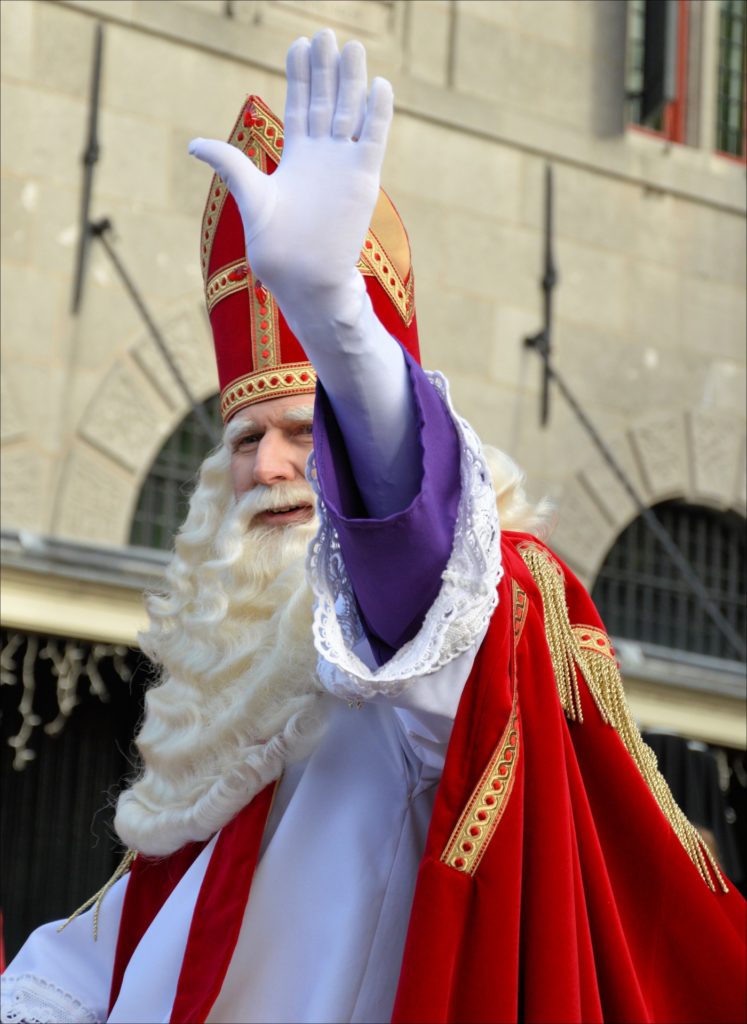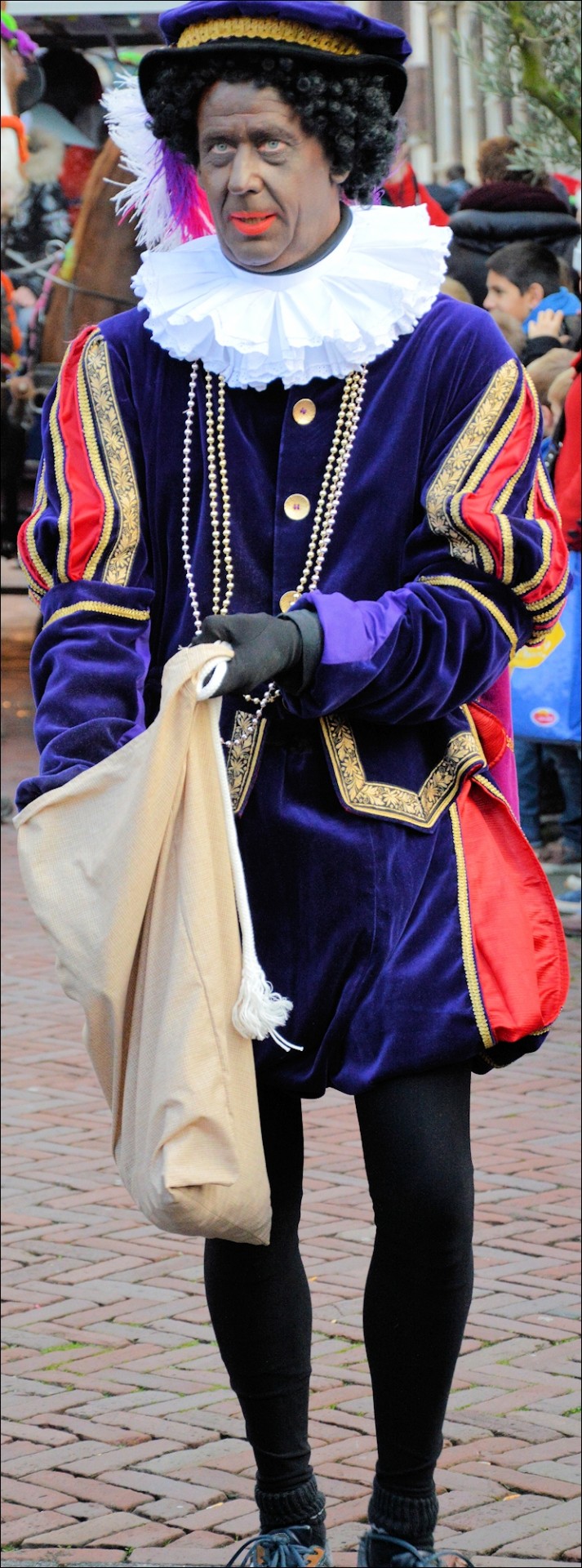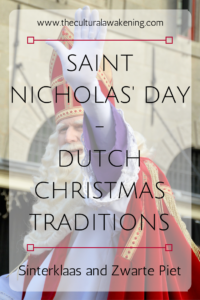I must admit, I’ve always been rather ignorant towards Saint Nicholas’ Day and the traditions surrounding it. I had heard of it before but always assumed it was just another name for Christmas Day. It wasn’t until I happened to find myself in Rotterdam last year in the week leading up to this special day that I learned the true meaning behind this holiday.
Who Is Saint Nicholas?
Saint Nicholas, referred to as Sinterklaas by the Dutch, is a mythical figure similar to our Santa Claus but not to be mistaken by him. There is much tradition separating Santa and Sinterklaas. According to Dutch folklore, Sinterklaas lives in Madrid, Spain. He dresses in a red robe worn over a white alb (the long white garment worn by Christian clergy) and tops his head with a red bishop’s hat. He travels by steamboat through the ports in The Netherlands with his handy little helpers, the Zwarte Pieten (the Black Peters). Once he arrives in the harbour, he then rides his white horse to the tops of the houses and sends the Zwarte Pieten down the chimneys to deliver gifts to the children. On December 6th, Saint Nicholas’ Day, Sinterklaas gets back on his steam boat and leaves The Netherlands through the port of Rotterdam (also known as the Hook of Holland) and starts his journey back to Spain.
In contrast, according to Dutch tradition, Santa Claus (Kerstman – Christmas Man) lives in Lapland, Finland and travels the world on December 25th to deliver more presents to the children around the world.
What Is Saint Nicholas’ Day?
For families in The Netherlands, the most important day in December is not December 25th, instead, it’s December 5th and 6th, St. Nicholas’ Eve and St. Nicholas’ Day. On St. Nicholas’ Eve (Sinterklaasavond) families gather together in celebration, singing Sinterklaas songs and making sure the children leave wooden shoes either by the fireplace or the window before they go to sleep. During the night Sinterklaas and the Zwarte Pieten travel through The Netherlands, delivering presents and sweets to all the good boys and girls. Children that are perceived to have been ‘bad’ throughout the year are said to be captured by Zwarte Piet and are put in a sack and taken back to Spain.
Christmas Day, December 25th, is still celebrated in The Netherlands, albeit to a much lesser extent than in the Western world. It’s a quieter holiday which usually consists only of attending a church service followed by a nice family meal. Children usually don’t receive presents on this day because they have already been given their gifts on St. Nicholas’ Day.
Who Is Zwarte Piet And Why Is He So Controversial?
Zwarte Piet is referred to as Sinterklaas’ little helper. Like Santa’s elves, Zwarte Piet travels with Sinterklaas and assists him with delivering gifts to all the good children in Holland. However, as times have changed, Zwarte Piet is beginning to be recognized more and more as a controversial character. Folklore presents the Zwarte Pieten as Sinterklaas’ slaves and translated, ‘Zwarte Piet’ literally means ‘Black Peter’. The people who act as the Zwarte Pieten during the festivities leading up to Saint Nicholas’ Day are dressed in colourful, nobility-style clothing, with dark curly wigs, red lipstick and have their faces painted all black. The black face was originally said to be because Zwarte Piet came from Spain, however children are told that the Zwarte Pieten have black faces due to the soot in the chimneys. Due to the racial perception of these black painted faces, much debate and even aggressive public demonstrations have started to occur in recent times.
I will admit, as someone new to this tradition, I was taken aback when I arrived in Rotterdam to see these colourful characters with black faces roaming the streets around the harbour. I didn’t know what to think of it. As someone who travels with the intent of learning about new cultures, I was interested in the story behind these faces, but on first encounter there was definitely some shock value involved.
However, after witnessing this tradition and talking to some locals, I came to realize that most people still just think of Zwarte Piet as a festive character and not a racial stereotype. Of course everyone has their own opinion, but I think it’s important to recognize and be accepting of the different traditions celebrated throughout the world. What may seem strange, or politically incorrect to some is nothing more than a fabled story passed down through generations as a celebratory experience for one of the many unique cultures around the world.
Have you ever been in The Netherlands for Saint Nicholas’ Day? What was your experience? What is your opinion about Zwarte Piet?
LIKE THIS? PIN IT! 🙂



